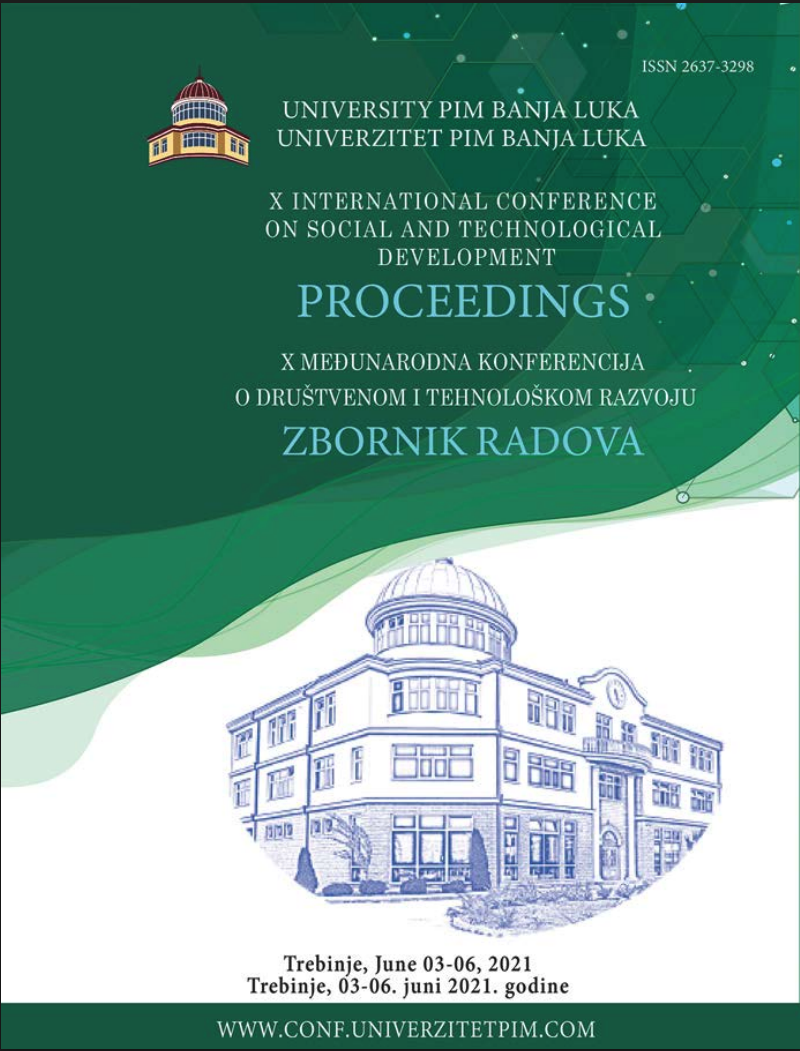
This is an open access article distributed under the Creative Commons Attribution License which permits unrestricted use, distribution, and reproduction in any medium, provided the original work is properly cited.
Faculty of Economics, University PIM , Banja Luka , Bosnia and Herzegovina
Megatrend University , Belgrade , Serbia
Faculty of Economics, University PIM , Banja Luka , Bosnia and Herzegovina
The emergence of the COVID-19 pandemic and its unprecedented speed of transmission around the world have fundamentally shaken the habits and behavior of consumers in shopping. Keeping social distance, partially limited movement, and depending on the situation, the introduction of quarantine, has put consumers in a position to adapt to the new situation. In such circumstances, improvisations of sellers and consumers enter the scene, and online shopping and home delivery come to the fore. With the intensity of the COVID-19 pandemic, the behavior of consumers is beginning to change again, and old habits and sales trends are slowly returning. The part of the habits from the time of the pandemic that consumers estimate to be more acceptable and favorable to them, will certainly be maintained with constant efforts to improve and enhance. In the meantime, in order to protect and maintain the level of economic activity, the state adopts many regulations and instructions that change the way and procedure of consumer behavior in the process of purchasing products and services. The main goal of state regulations, in addition to health care for the population, is to maintain the volume of trade and money consumption. Continuous technological development and progress, especially of the IT sector, has a very noticeable and irreplaceable role in adapting suppliers of products and services and consumer behavior. Modern digital technology brings with it certain innovations that will, in the very near future, become generally acceptable to all.
COVID-19 pandemic, consumer behavior, consumer habits, online shopping, consumer experience
The statements, opinions and data contained in the journal are solely those of the individual authors and contributors and not of the publisher and the editor(s). We stay neutral with regard to jurisdictional claims in published maps and institutional affiliations.